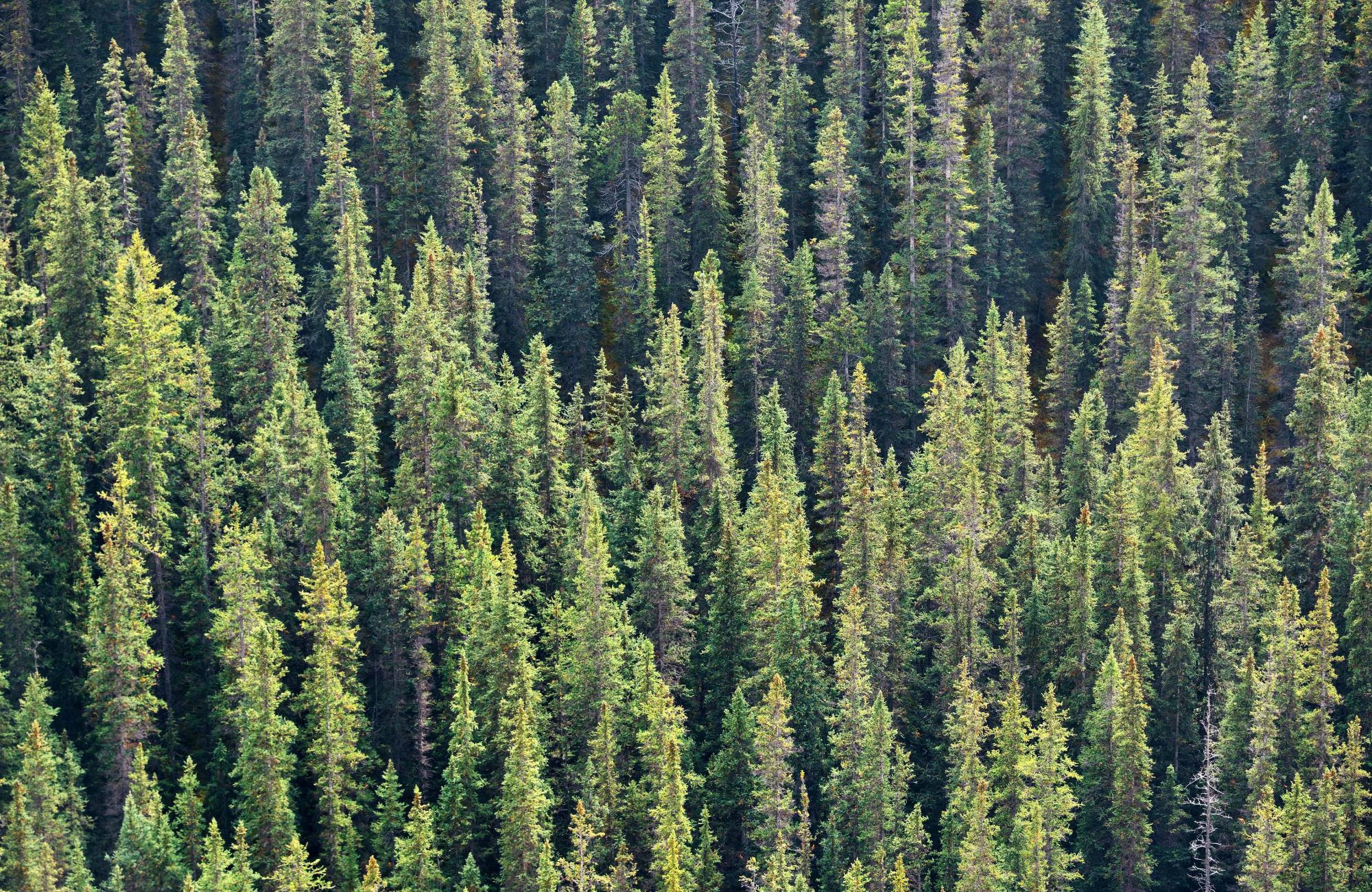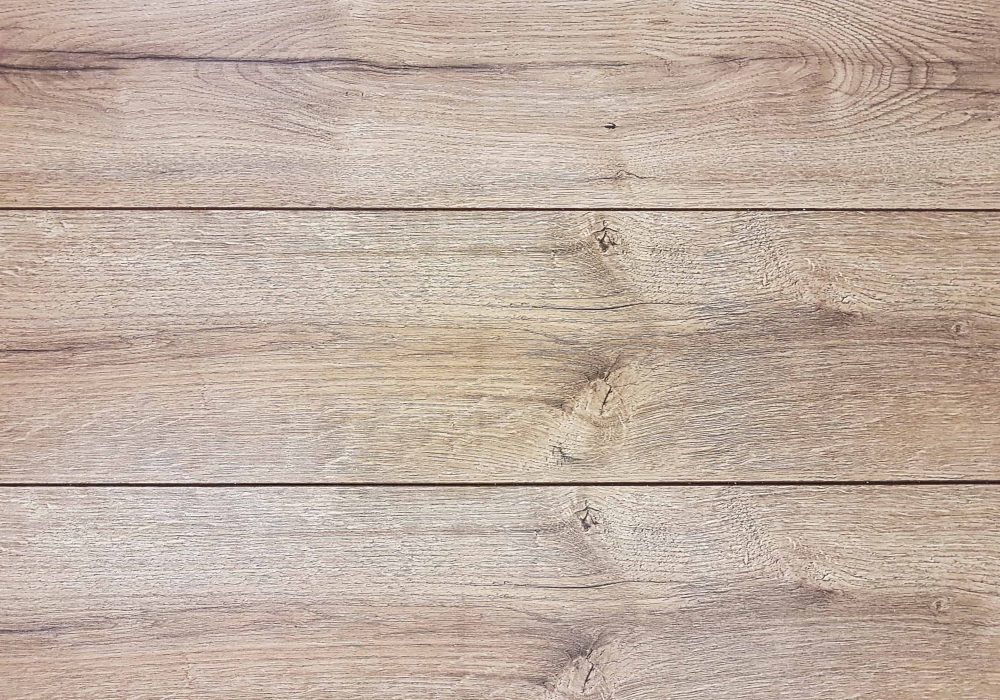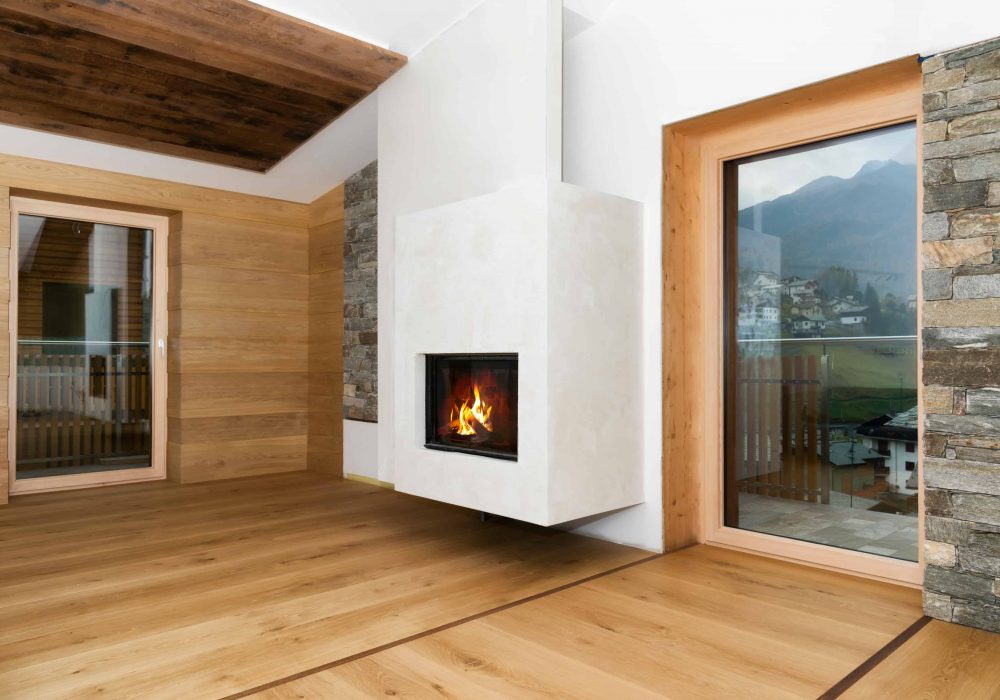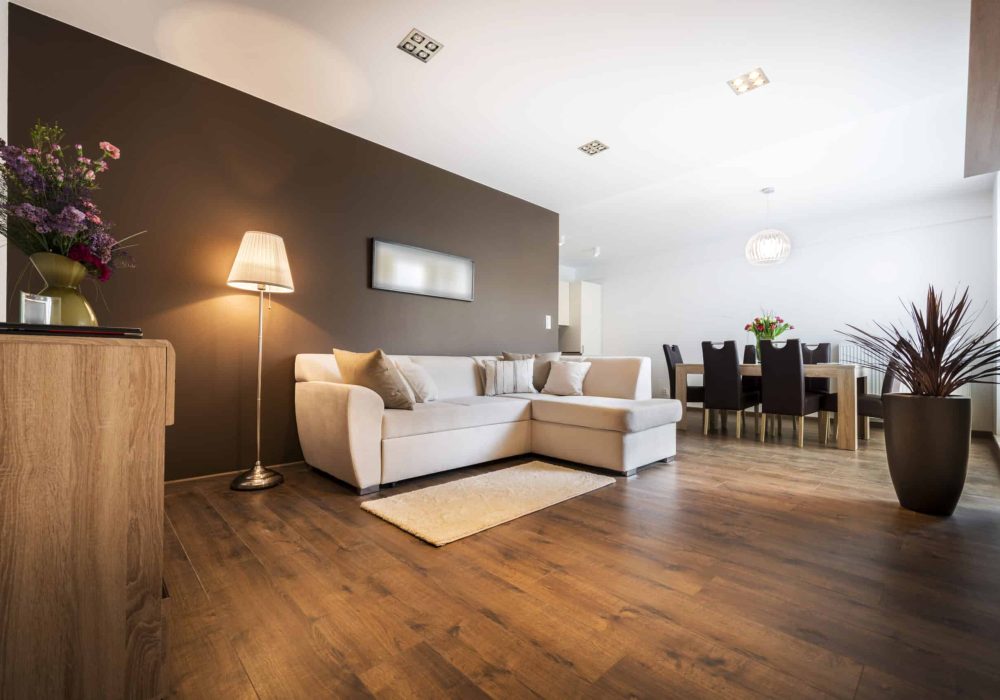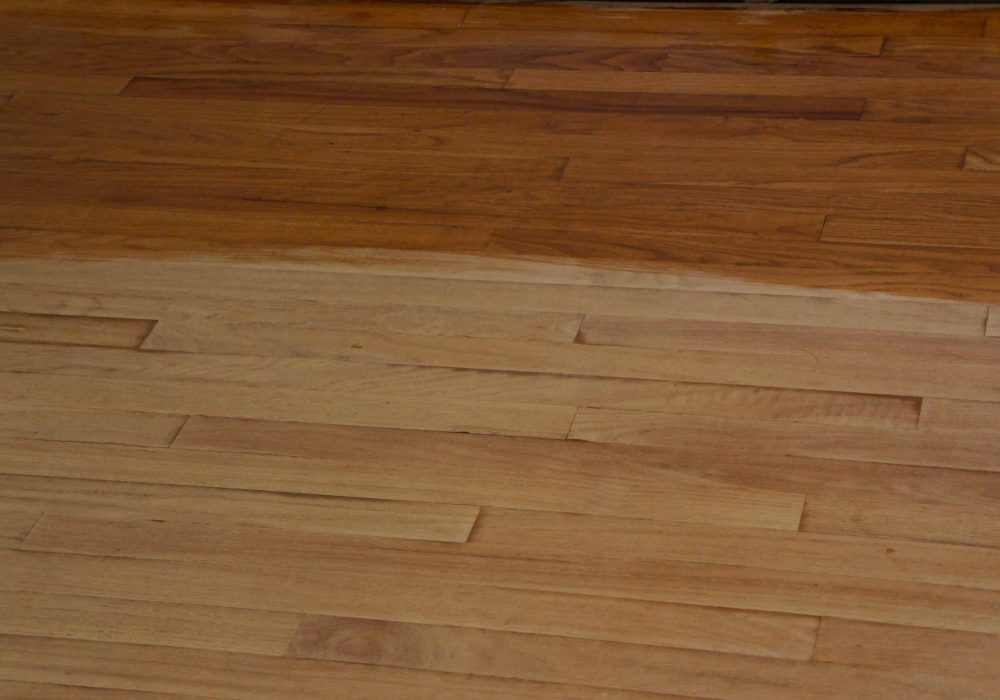Get the scoop on how beautiful hardwood flooring gets from the trees in the forest to the floor in your home.
Though your gorgeous hardwood floor certainly doesn’t go unnoticed in your beautiful Denver home, you may have never stopped to consider the real depth of your floor. Whether sitting at the dinner table, doing daily chores, or relaxing with your family in the living room, the origins of the floor in your home may not necessarily be the first thing that pops into your mind.
Denver Dustless hardwood floors have made countless homeowners happy over the years. But what is it that makes hardwood so precious?
As with anything good, a lot of the value of wood flooring has to do with the hard work put into attaining it. The elbow grease put into how hardwood flooring is made and the beautiful natural resource it comes from makes it truly precious.
If you’re like us, before you make an investment, you need to know exactly what you are investing in and where the value lies. That’s why we’re here to show you how Denver Dustless hardwood gets from the forest floor to your floor.
Hardwood Flooring – Why So Precious?
Harnessing nature’s beauty and having it be a part of your home is a true privilege. However, if it was up to most of us to accomplish this feat by ourselves, it’s safe to say our hands would definitely be tied. After all, if you truly desired a hardwood floor in your home and decided to tackle the task alone, where would you even begin?
With these simple questions, the value of the hard work put into the ‘behind the scenes’ history of a hardwood floor starts to gain some context. This perspective helps us to appreciate the time and energy put into your floor, and gauges the significance of its superior worth in home projects.
From Forest to Floor – How is Wood Flooring Manufactured?
What exactly goes into getting a piece of the magnificent forest timber to become part of your lovely home? Let’s find out.
As you can imagine the process would naturally begin with choosing the trees to be used in making your hardwood floor. Though there are numerous different types of hardwood flooring besides solid wood flooring, we’ll focus on true solid hardwood flooring.
Once an appropriate tree has been fell and processed, its wood is used to make solid wood flooring from single pieces of wood cut from the tree. The planks are then precut to standardized sizes and given tongue and groove edges so they will fit together like a puzzle during installation.
Choosing Trees for Hardwood Flooring
What kinds of trees are most likely to be chosen for making hardwood flooring? Not just any tree will do. Trees chosen for becoming hardwood flooring must meet certain specifications and have certain qualities.
A tree only qualifies for becoming hardwood flooring if its wood has true natural beauty, a tight grain, few knots, and durability.
These factors contribute to not only good appearance, but also stability, strength and overall quality.
Cutting Hardwood Planks
Once these trees are chosen and retrieved, planks have to be cut initially. There are a few different ways to cut these planks, ranging from flat, rift, or quarter saw. The method by which the planks are cut can affect the quality, stability and pattern or orientation of grain.
The most commonly (and most inexpensive) used cut is flat or plain sawn planks. In order to enhance or capitalize on certain characteristics of grain or flecking that certain species of wood may reveal, some varieties may be cut using a quarter sawn technique compared to flat or rift sawn, and vice versa.
With the rift sawn technique, the wood is “manufactured by milling perpendicular to the log’s growth rings producing a linear grain pattern with no flecking. This method produces the most waste, increasing the cost of this lumber. Rift sawn lumber is very dimensionally stable and has a unique linear appearance,” according to the Hardwood Distributor’s Association.
Grading & Planing Hardwood Planks
Once these planks are cut, it’s time to grade them based on appearance. After the grading process, the boards are put through a planer. This removes the previous ‘rough’ saw marks and levels out the plank on all four sides.
Still, these planks are not yet ready to be installed. Solid wood flooring has the natural tendency to expand and contract based on temperature and humidity change. To allow for this expansion and contraction, as well as for ease of installation, a machine is used to cut tongue and groove edges. This allows the boards to fit together snug when installed.
Depending on the style and species of wood, at this point, a distressing process may be done by hand or machine to give an older feel and appearance to the wood, when desired.
Staining & Sealing Hardwood Flooring
Finally, several coats of stain or sealant are applied for protection. Sometimes unfinished or sealed planks are shipped to sellers and are later stained and sealed after installation according to preference.
Here at Denver Dustless we have a full line-up of Bona Hardwood Flooring Stains and Colors whether standard or unique to accompany this approach if desired. Allowing us to stain your hardwood floor will also afford a more uniform look and constant seal. We’ll be able to match the stain to the exact aesthetic you are aiming for in your home.
Hardwood’s ability to be sanded and refinished multiple times in its lifespan allows its quality to last for generations.
Professional Hardwood Floor Installation
If professionally installed and maintained, your choice of a solid wood floor will never be a regret. Investing in our responsibly sourced hardwood flooring adds value to your home and allows you the privilege of enjoying a dose of beautiful nature right below your feet every day.
The professionals at Denver Dustless are ready to help you see this extensive work of art and natural beauty become a reality in your own home. Contact us soon so you can see this intriguing process fulfilled in its entirety!

